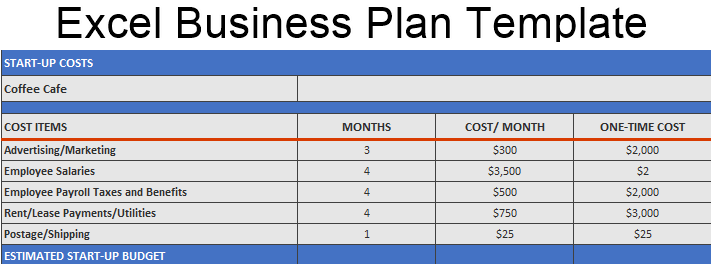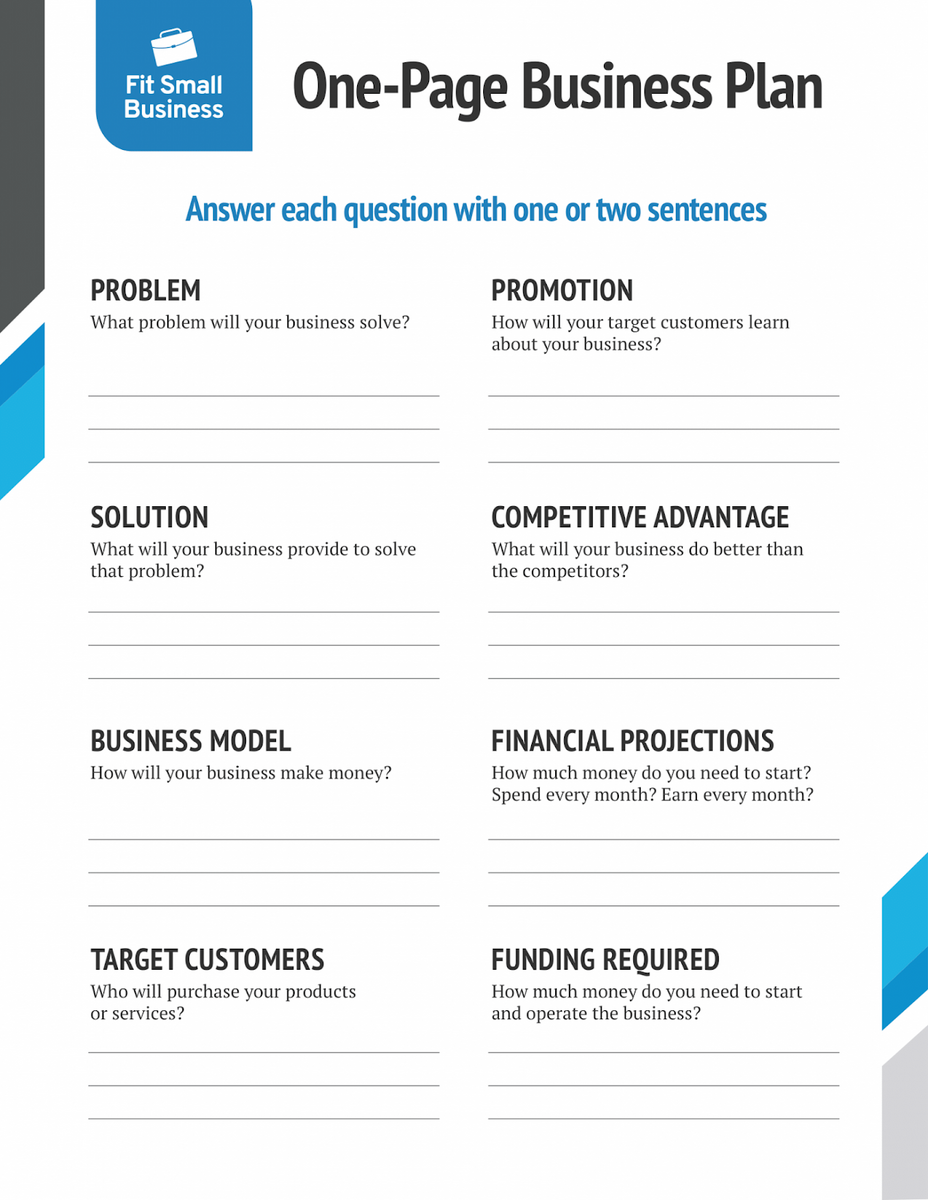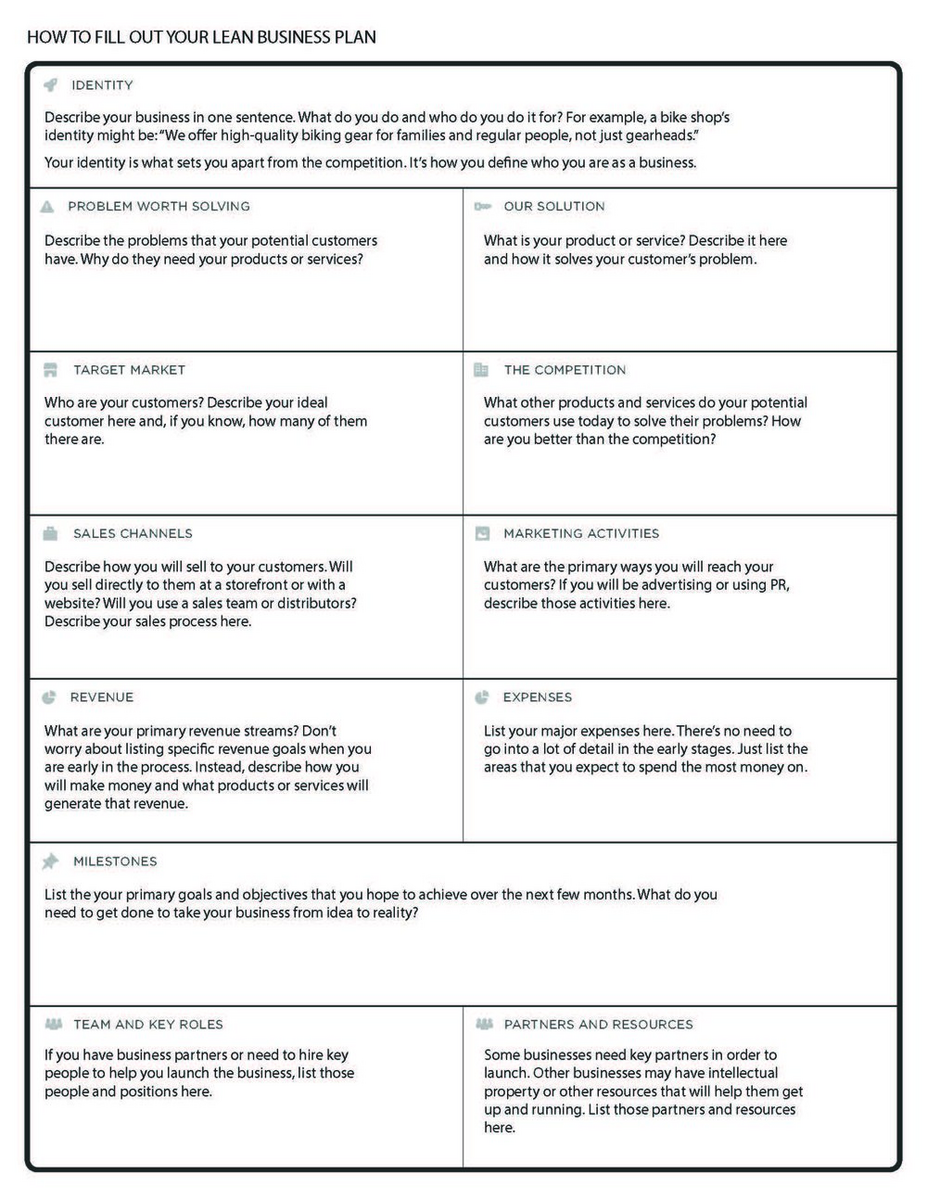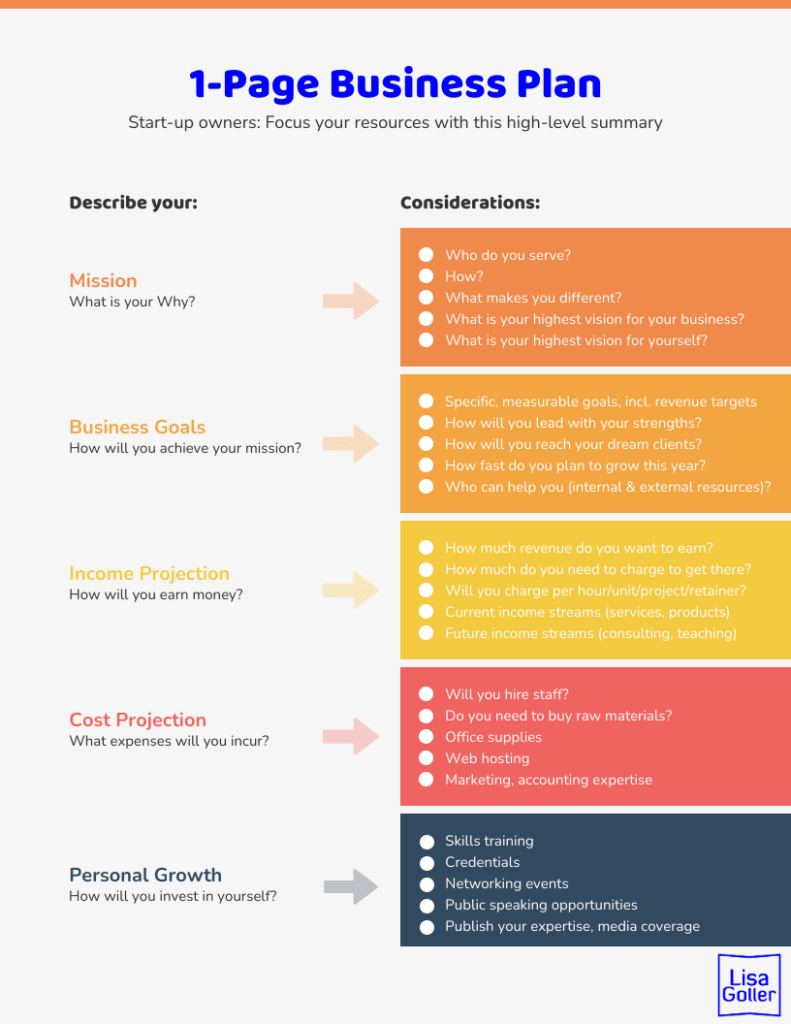Simple business plan template for startup founders
Blog: Monday Project Management Blog
The two top reasons for new business failure — no market need and running out of cash — account for more than 70% of new businesses going under. Both causes can often be avoided if founders invest the time upfront in developing a carefully researched business plan.
A simple business plan template gives you a proven framework to start from, helps structure your ideas in a concise way, and shows potential investors that you’re an organized, professional team who are the right people to bring this business idea to market.
In this article, we’ll share our custom-developed simple business plan template, cover what you should include in your plan, and more.
What is a simple business plan template?
A business plan is a written document that outlines how a company intends to achieve its primary objectives, such as obtaining a certain market share, growing revenue, or reaching the next round of funding. While business plans are used by companies of all stages and sizes, they are especially useful for startups, as they can be the key to attaining funding.
A business plan template is a customizable document that provides all the crucial and necessary elements of a great business plan, allowing company leaders to start from a strong and established foundation rather than from scratch.
They typically include:
- a table of contents
- an executive summary
- a description of your company
- an analysis of your target market
- a description of your management team
- details of the product or service you sell
- financial forecasts
- funding requirements
- appendices such as legal documents, permits, patents, and licenses
Business plans can quickly become huge, cumbersome documents, requiring a significant time investment from the creator. The U.S. Small Business Administration, for example, recommends business plans be between 30 and 50 pages long.
While there is some benefit to spending this time developing a comprehensive business plan, agility is often more important in the startup business world. That’s why simple business plan templates exist.
Simple business plan templates typically follow a structure that outlines your goals, team, and financials.
- Company description: What does the business do? What problems does it solve?
- Team: Who is involved? What key hires have you made? What expertise do they bring to the table? Why are they the right team to get the job done?
- Industry and competitive analysis: Who are the company’s competitors? What are they doing well, and not so well? What opportunities exist for you to differentiate and be successful in this industry?
- Target market: Who are the customers you’re targeting? What are they interested in? What common challenges and goals do they have?
- Timeline: Includes key dates for the tasks/goals you’ve laid out.
- Marketing plan: Describes how you plan to attract new customers.
- Financial plan: Covers current revenue streams, cash on hand, your revenue structure, required funding or funding already received, etc.
Why use a simple business plan template?
There are many important reasons why founders should use a simple business plan template. Perhaps the most compelling is simply the speed and agility they offer.
Creating a business plan takes a lot of time and effort, be it your first or your 40th. Even a simple, one-page business plan designed for small businesses requires a fair bit of research. You need to analyze each section of your business, understand the market conditions, and detail a step-by-step plan. The last thing you want to add to that planning process is figuring out how you’re even going to structure the plan itself.
Templates are even more crucial for first-time startup founders. If you’ve never sat down to write a business plan, you’re probably not super confident in the whole process. Even if you have a fairly good idea of how to approach writing a business plan, a proven framework will help you:
- To not miss any important elements
- Structure your ideas neatly and concisely
- Foster a sense of professionalism, improving the confidence of potential investors
What are some examples of simple business plan templates?
These sample business plan templates serve as a great jumping-off point. Use them as inspiration for your own business plan, and take note of the similarities across the different examples.
One-page business plan template
A one-page business plan template is perfect for creating a plan to bring to your next startup pitch. Of course, you can always supplement the template with appendices for financial reports like your balance sheets or income statements.
Plus, summarizing your entire business into a single page is a great exercise. It ensures you have a strong, concise knowledge of each area of operation and would be able to confidently discuss each point with potential investors.

Simple business plan template in Excel
While Excel is, in our humble opinion, a little outdated, it’s still a popular and widely-used platform, and many founders choose to use it to create a simple business plan. This template can be used for any type of business, though it’s really built for early-stage startups to plan out their first few months in business.
Notice how the template breaks overall costs down into smaller, more detailed items. This is really useful for helping to better understand the costs associated with starting a new business. Noting when those costs may fall due also helps business owners monitor their cash flow.

Startup business plan template
Here’s another good example of a business plan template built for startups.
What’s great about this template is rather than providing simple headers for each section, it includes questions and prompts to help guide you as to what information needs to be covered.

Lean business plan template
Lean business is a style of startup operation that focuses on minimizing waste, moving fast, and keeping costs low. It’s a popular methodology for companies wanting to get off the ground quickly and build revenue without having to raise significant funding.
This business plan template supports startups based on the lean concept, allowing you to design a simple, single-page business plan with minimal time investment.

monday.com’s simple business plan template
Most free business plan templates come in PDF, Google Docs, or Microsoft Word formats. While these are popular formats and tools — and pretty good at what they’re for — they’re not particularly collaborative.
If you have a distributed team, this simple business plan template from monday.com is a match made in heaven. You can customize it to include all the fields necessary for a stellar business plan plus any additional ones unique to your business. But the biggest benefit of the template is the platform it’s built on.
Our Work OS lets you build apps and workflows that make sense for your business, customizing fields and columns to suit the work you’re already doing, not the other way around. For example, once you’ve created your plan using our simple template, you can then set up a collaborative board to manage your marketing plan, assign tasks and due dates to employees and freelancers, and turn that business plan into reality.
Simple business plan template tips & tricks
Here are a few tips to make the most of your template and create a business plan that works.
Use simple, approachable language
You want people to actually read your business plan, right? Use everyday language over complex jargon and corporate terminology. That ensures anyone who comes across your plan will have no issue understanding what you mean.
Write the executive summary last
The executive summary is a short section that summarizes every aspect of your business plan. Write the full plan first, then you’ll have a better idea of how to wrap that up in a few paragraphs.
Supplement your business plan with supporting documents
While simple business plans are fast and effective, they leave out a lot of information by nature. Consider supplementing your plan with appendices such as financial statements, data sets, and market analyses.
Be conservative with financial estimates
Where possible, your financial projections should be based on real-life data. But even if you’re using the most accurate and up-to-date information out there, there’s always room for interpretation. It’s best to give a range where possible, and if not, stay conservative with your financial estimates.
Include thorough research and analysis
Invest the time early on and capture accurate, comprehensive data to support all claims. Interview your customers and prospects to get a realistic picture of your target audience. Consider hiring a professional firm to provide a market research report.
FAQs about simple business plan templates
How do I write a simple business plan?
Simple business plans can be as little as one page if you’re able to write concisely. Include information for each of these sections:
- Company description: What does your company do and sell? What problems do you solve?
- Team: Who works for your company, and what value do they provide?
- Industry: What competitors or other options exist?
- Target market: What does your ideal customer look like?
- Marketing strategy and plan: How do you plan to bring in new customers?
- Financial plan: What do your revenue streams look like?
What are the 7 parts of a business plan?
A 7-part business plan starts with the executive summary, moves on to describe your company, and finishes with your finances.
- Executive summary
- Company description
- Organization and management team
- Products and services
- Market analysis
- Strategy and implementation timeline
- Financial plan and projections
What are common mistakes in a business plan?
Common business plan mistakes include:
- not being research-driven
- unrealistic financial estimates
- providing too much information
- not using data to back up claims
- not offering an analysis of the competitive landscape
- only outlining vague goals and priorities
The post Simple business plan template for startup founders appeared first on monday.com Blog.
Leave a Comment
You must be logged in to post a comment.








